Date: 17 March 2014
It doesn’t retain either extreme in temperature for any great length of time, but allows it to transfer straight through. The consequence is that while that hot sunlight (for example) is shining on its surface it gets very hot and anything on, in or behind the glass will suffer – pictures or ornaments will fade, plastics can melt (and so will any chocolates you leave on your window ledge). You could probably fry an egg on it if the glass was laid flat.
In Australia, we are blessed with a pretty sunny climate; it is not for nothing that it is sometimes called the ‘sunburnt country’. This, as most of its residents will agree, is a good thing. However, this harsh light is not kind to man-made products or materials and, where possible, we do our best to protect them from its deleterious effects. Among the man-made products that can suffer in this bronzed land of ours is Laminated Glass – and our Switchglass™ privacy glass is such a product.
.jpg)
Low-E Glass used in Dubai
Having gained greater acceptance in the Australian market, Switchable Privacy Glass is increasingly being used in many situations, both indoors and exteriorly throughout homes and commercial premises. However, it is very important that customers give consideration to the climatic conditions that will affect the glass panels – and in this case I am referring, specifically, to sunshine.
Should you be wanting to utilise Switchglass™ on the outside of your building where it will be facing long exposure to our hot sunlight you must consider a different glass make-up for the panels. We are talking here of Double Glazed Units (IGUs), but with the addition of solar-protective Low Emissivity (Low-E) glass. In this manner, the inner layers that protect the PDLC film will themselves be protected from that excessive heat. Have no doubt, harsh sunlight will delaminate plain laminated glass.
.jpg)
In this image of a cross-section of an IGU, Surface 1 represents the exterior. Surface 2 would have the Low-E coating. Surfaces 3 and 4 represent the surfaces of the Switchglass™ panel, which could also be constructed with Surface 3 having a Low-E coating for extra solar protection. The cavity would be filled with Argon Gas. In a triple glazed unit, Surfaces 2 and 3 of the total 6 surfaces may use Low E glass, the surfaces reflecting back on themselves.
Double, or Triple Glazing is a science, believe it or not, and many factors are taken into account in the construction of these glazing products to provide optimum effectiveness. Switchglass uses a programme ‘Windows and Optics 5′ to make theoretical calculations. Some double glazed units will use a spacer of 52mm where the more common, minimum spacer width would be 12mm. Low-E Glass is supplied by quite a few of the larger glass manufacturers so we have many proprietary brands to choose from, such as EnergyTech, EVantage, EnviroShield Performance™ ITO & XIR or Solarban® 67.
Glass manufacturers recognise the problem (and the market) and are working hard to solve this problem of too much deleterious sunlight through our windows. We just want you to have long-lasting Switchglass™ privacy panels through the best possible construction and use of the correct materials.

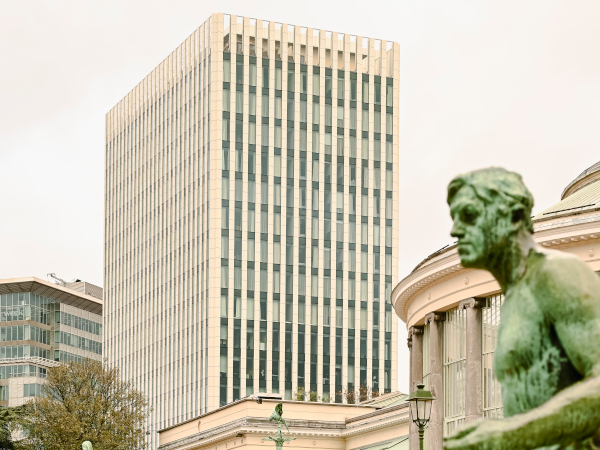


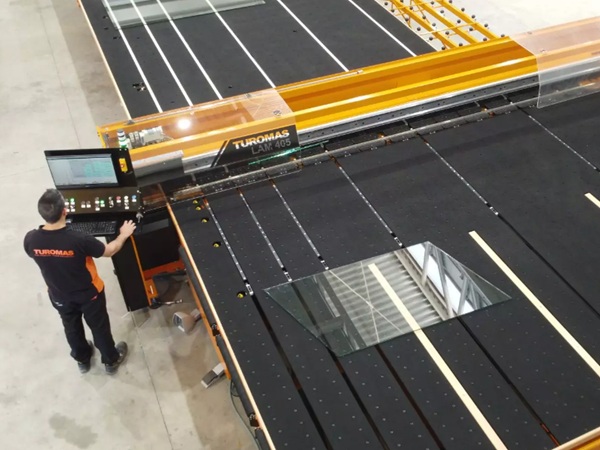




















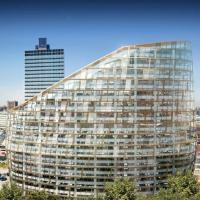
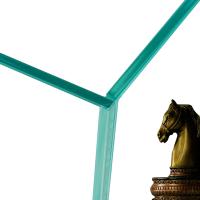

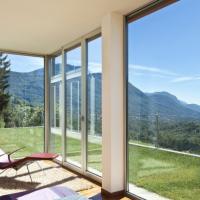
Add new comment